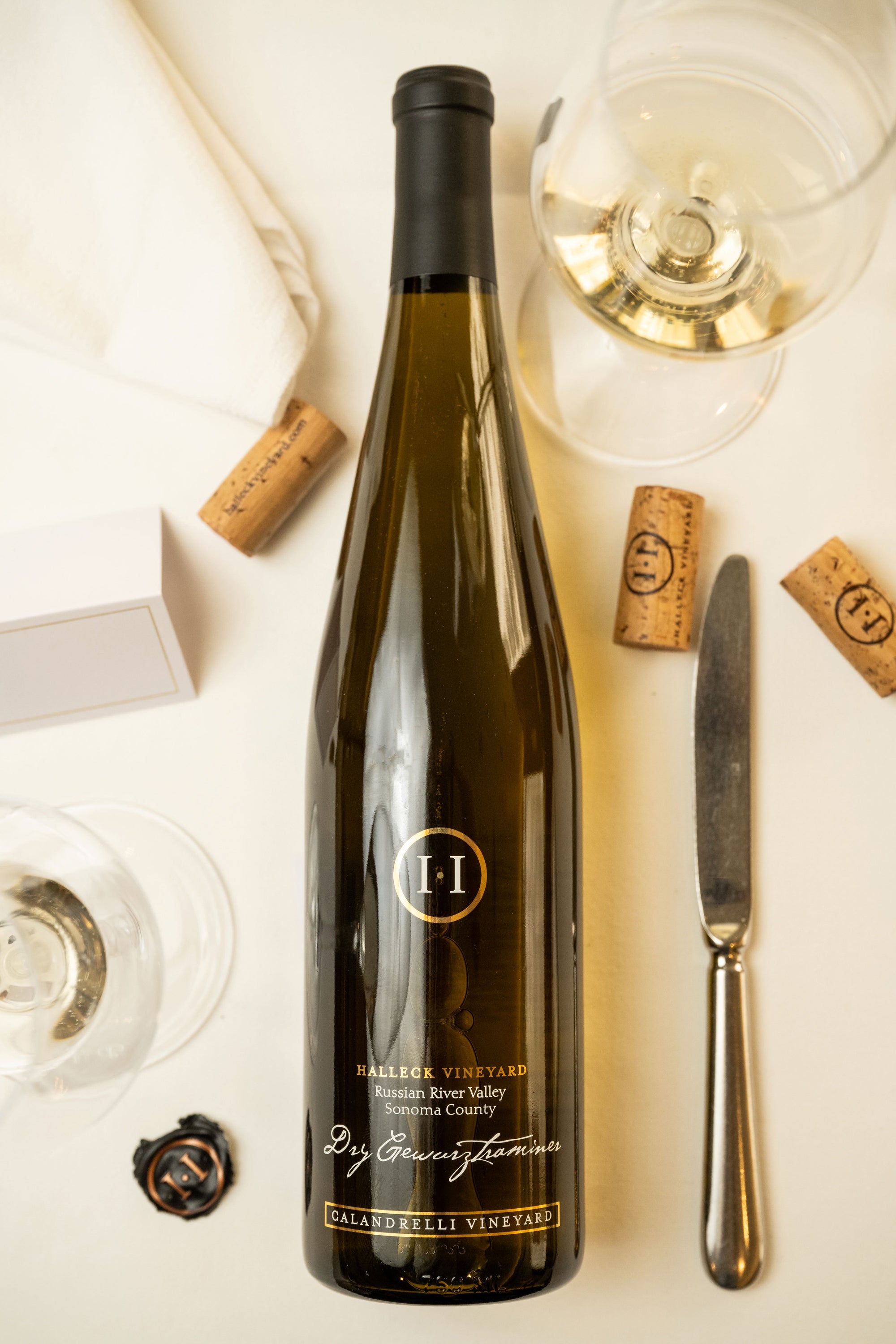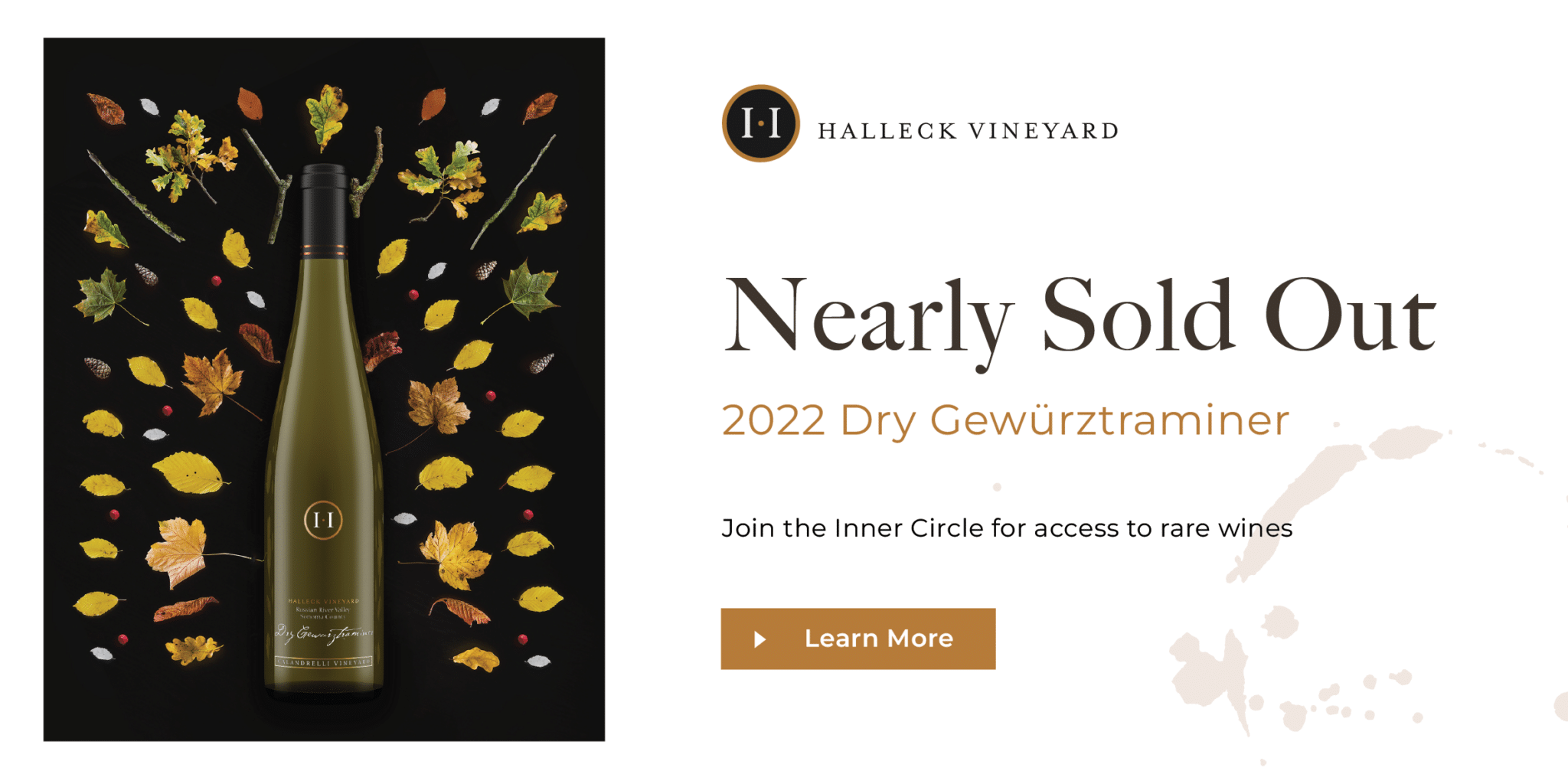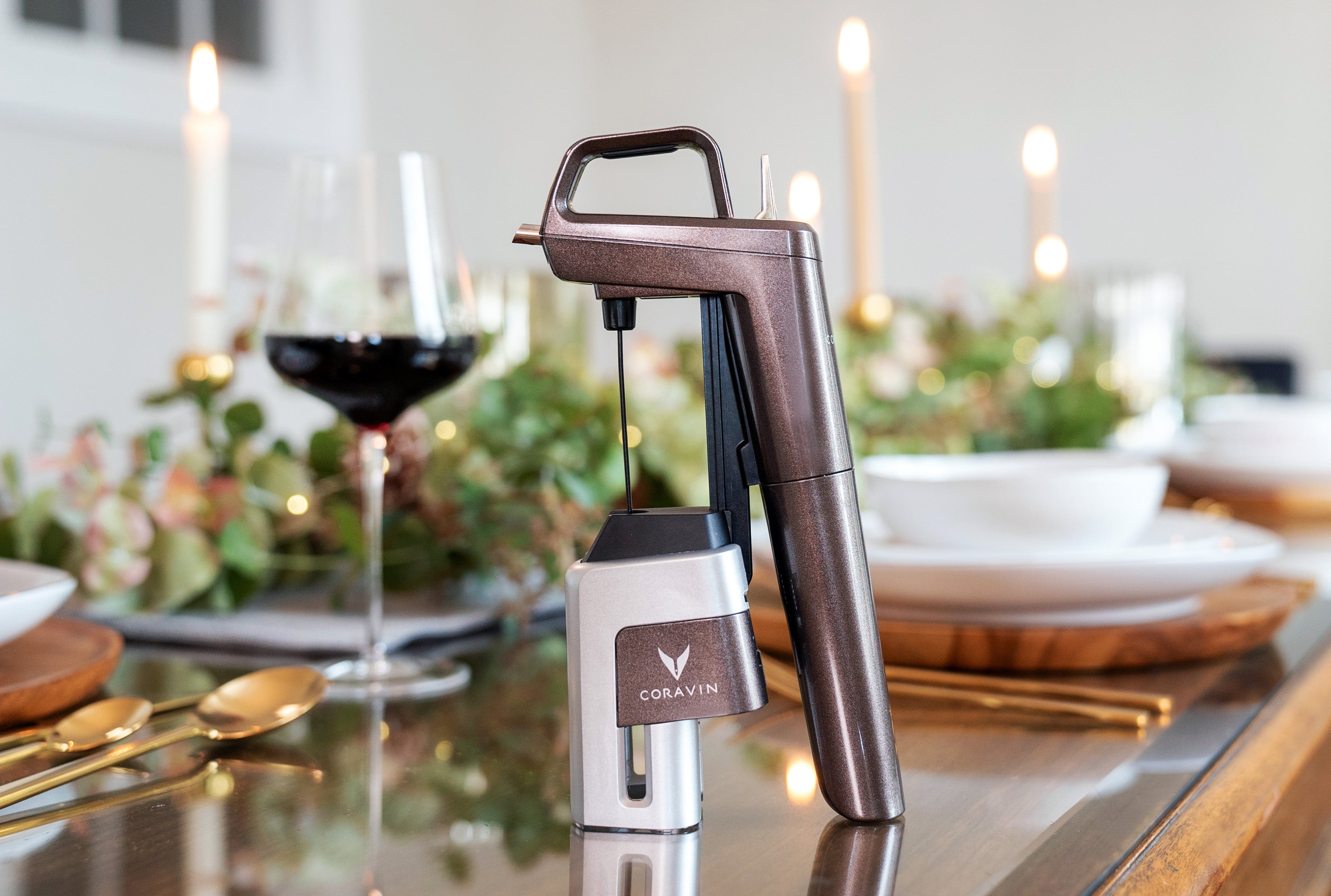Wine Tasting Tours In Russian River Valley - Wine Tasting Activities In Sebastopol
Wineries Known For Handcrafted Wines - Wine Tasting Experiences In Sebastopol
Wine tasting is an art that combines sensory experience with an appreciation for the nuances of different varietals. How to judge flavors in winery wine tasting classes is pivotal to grasping the complexities of wine.
Engaging in a wine tasting includes greater than simply sipping and savoring. It requires a centered method to establish aromas and flavors that each wine presents. As you start, observe the wine's look, noting its color and clarity. These visual cues typically counsel a wine’s age, grape selection, and even potential flavor profiles.
The next step within the tasting process is to swirl the wine in your glass. This motion releases fragrant compounds which are very important for evaluation. Lean in and take a second to inhale deeply; the aromas can vary from floral and fruity to spicy and earthy. The nostril of the wine is just as important as the palate, and recognizing scents plays a major role in understanding the general experience.
When taking your first sip, allow the wine to move throughout your palate - Rustic Family-Owned Wineries In Sebastopol. Discover the preliminary flavors that present themselves. Is the wine fruity, floral, or perhaps herbaceous? This initial taste provides insight into what the wine is likely to specific as you proceed to judge it. The mouthfeel additionally contributes to the overall flavor experience; it may be silky, tannic, and even effervescent.
Family Friendly Wineries With Outdoor Spaces - Best Winery In Sonoma For Quality Wine
As you proceed tasting, pay consideration to the wine’s stability. A well-balanced wine will harmonize acidity, sweetness, and tannins. If one part overwhelms the others, it'd indicate a less fascinating quality. Evaluating stability might help you determine how nicely the wine may pair with food.
Transitioning to the end, think about how the flavors evolve as the wine lingers on your palate. A lengthy, nice finish can point out a high-quality wine, while a short or abrupt end may suggest otherwise. Replicate on whether the flavors remain consistent or if new notes emerge as the wine settles. This development can reveal complexities and intricacies that may not have been obvious in the preliminary tasting.
Temperature is also a crucial think about evaluating wine flavors. Completely Different types of wine are optimally enjoyed at particular temperatures. White wines often shine when chilled, whereas red wines typically carry out finest at room temperature. When tasting, make sure the wine is on the applicable temperature to completely appreciate its character.
Charming Wineries With Views In Sonoma Valley - Vineyards Near Sebastopol
Pairing food with wine can tremendously enhance the tasting experience. Foods can influence the notion of flavors in wine, either highlighting sure traits or diminishing them. When evaluating flavors, think about how the wine interacts with totally different meals, noticing which flavors are amplified or muted (Wine Tasting Tours In Russian River Valley).

Consider the influence of terroir as you interact in a winery tasting. Terroir encompasses the unique environmental elements that have an result on grape growing, including soil composition, climate, and geography. Understanding a wine's terroir can provide perception into its flavors and aromas, fostering a deeper appreciation for the alternatives made throughout its cultivation and manufacturing.
Training performs a fundamental function in enhancing one's ability to judge wine flavors. Learning about grape varieties, wine regions, and manufacturing strategies can pave the finest way for more informed judgments throughout tastings. Moreover, attending workshops or classes can refine sensory skills and broaden your flavor vocabulary, enabling you to articulate tasting notes more successfully.

Finally, it is important to remember that evaluating wine flavors is a extremely personal experience. Individual preferences and perceptions will invariably form one’s tasting journey. Enjoyment must be at the forefront, with the analysis course of acting as a device to boost understanding and appreciation quite than create rigid guidelines.
Wineries With Beautiful Architecture - Best Wine Tasting Spots In Sonoma County
In conclusion, mastering click to read tips on how to evaluate flavors in winery wine tasting periods entails a mix of sensory engagement, information, and practice. By studying to establish aromas, assess the balance, and respect the intricacies of flavor, wine enthusiasts can deepen their connection to each bottle they encounter. As with any art form, the extra one immerses themselves within the experience, the more they will uncover and benefit from the huge world of wine.
- Begin by observing the wine's shade and clarity, as these visible parts can trace at its flavor profile and growing older potential.
- Swirl the wine gently in your glass; this releases fragrant compounds, allowing you to better determine the complicated scents related to the wine.
- Take a deep inhale before tasting, focusing on both major and secondary aromas to assemble insights on fruits, spices, and other nuances.
- When tasting, allow the wine to coat your palate; note the preliminary flavors, the mid-palate complexity, and the end as these stages can present totally different flavor highlights.
- Pay consideration to texture and mouthfeel, as aspects similar to tannin ranges, acidity, and sweetness contribute significantly to the general tasting experience.
- Compare flavors in opposition to normal wine traits; for red wines, contemplate berry notes, oak affect, and herbal tones, while whites could include citrus, stone fruits, and floral hints.
- Take notes during the tasting session to trace your impressions, helping you to recollect and consider the completely different wines sampled.
- Talk About your findings with fellow tasters or winery staff, as sharing insights can enhance understanding and appreciation of individual flavors.
- Permit time for the wine to breathe; sometimes, flavors evolve and reveal new dimensions after being uncovered to air.
- Experiment with food pairings during the tasting as they'll dramatically alter how flavors are perceived, influencing overall enjoyment.undefinedWhat should I search for when evaluating the aroma of wine during a tasting?
Start by swirling the wine in your glass to release its aromas. Bring the glass to your nostril and take a deep breath. Pay attention to the first scents you detect, as these are sometimes the most prominent. Look for fruit, floral, herbal, or earthy notes and attempt to identify particular characteristics, which can deepen your understanding of the wine's complexity.
Hidden Gem Wineries In Sonoma County - Wineries In The Sebastopol Region

How can I distinguish between totally different flavor profiles in wine?
Understand that flavor profiles are often categorized as fruit, floral, herbaceous, spicy, or mineral. Take small sips and allow the wine to coat your palate. Notice the primary flavors that emerge first and the subtle notes that comply with. This layering is crucial in distinguishing the wine's characteristics and can allow you to respect its distinctive profile.
Best Chardonnays From Sonoma Winemakers - Finding Good Wineries For Wine Tasting
What is the importance of the wine's texture in a tasting?
The texture of the wine, also identified pop over here as mouthfeel, plays a vital position in how we perceive flavors. Pay attention as to whether the wine feels easy, creamy, or gritty. The body of the wine (light, medium, or full) can enhance or contrast with flavors, offering a extra rounded experience during tasting.
How do I assess the stability of flavors in wine?
Steadiness in wine refers again to the harmony between acidity, sweetness, tannin, and alcohol. Take a second to assess whether these components complement or intervene with one another. A well-balanced wine could have none of its elements overpowering the others, creating a pleasing tasting experience.
Wineries With Artisan Chocolate Pairings In Sonoma - Explore Sebastopol Area Vineyards
What function does temperature play in evaluating wine flavors?
Temperature can considerably impression the perception of flavors. Usually, red wines are finest served barely under room temperature, whereas white wines benefit from being chilled. As the temperature adjustments, the aromas and flavors can shift, allowing you to understand completely different characteristics. It’s essential to taste wine at its optimal temperature for true evaluation.
Wineries In Green Valley - Sonoma Wine Tasting Spots
How can I improve my tasting skills over time?
Practice is essential to enhancing your tasting skills. Wineries With A Focus On Syrah. Attend tastings, hold a journal of your experiences, and explore different types of wines to broaden your palate. Moreover, studying about wine manufacturing and grape varieties can provide context that enhances your evaluation process, making you a more informed taster.
Is there a selected order by which I should taste the wines?
Wineries With Unique Varietals - Discover Sebastopol's Wine Scene
Yes, it’s advisable to taste wines from light to full-bodied and dry to sweet. This progression prevents the stronger flavors from overshadowing the extra delicate ones, allowing you to totally respect each wine's characteristics and nuances with out palate fatigue.
How can I consider the aftertaste of wine?
Wineries In Green Valley - Sonoma County Wine Tasting Locations
The aftertaste, or finish, is a vital facet of the wine-tasting experience. After swallowing, take note of how long the flavors linger on your palate and whether they change. A long, nice finish is commonly an indicator of a high-quality wine, whereas a short or unpleasant end may counsel in any other case.
Why is it necessary to notice the wine’s acidity during tasting?
Acidity contributes to the overall freshness and structure of the wine. Pay attention to the tingling sensation in your tongue; greater acidity can improve the wine's liveliness and stability out sweetness. Noting acidity helps determine the wine's versatility with food and its getting older potential.
What should I do if I battle to determine specific flavors in wine?
Artisan Wineries In Russian River Valley - Sebastopol Wine Experiences
Struggling to establish flavors is frequent, particularly for novices. Focus on broader categories and describe what you can acknowledge, corresponding to candy or earthy notes. With practice, reading about completely different flavor profiles, and maybe using flavor wheels, you will refine your senses and develop a more nuanced approach to tasting.